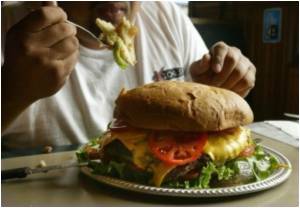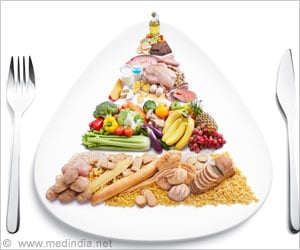Ghrelin, the appetite-inducing hormone boosts the spur for humans to relish high-calorie foods, even on a full stomach suggests a new study.

"Combined with an increasingly sedentary lifestyle, overconsumption of reward-driven foods may be partly responsible for the current obesity epidemic," said Veronique St-Onge, a PhD candidate at Carleton University, Ottawa, Canada, and the study's lead investigator. "Ghrelin receptors may represent an important target for obesity treatments."
With the principal investigator, Alfonso Abizaid, PhD, of Carleton University, St-Onge studied the role of ghrelin—the so-called "hunger hormone"—in what they called the "dessert phenomenon": eating tasty desserts after a filling meal. To do so, they used a rat strain in which ghrelin signaling was genetically disrupted by "knockout" of the receptor gene. Specifically, the researchers compared the knockout rats' tendency to eat cookie dough after a meal, compared with that of the control rat strain (wild-type rats), which possessed an intact ghrelin receptor gene.
Each group consisted of 10 rats that were allowed free access to their regular rat chow for four hours each day—10 a.m. to 2 p.m.—until they ate most of their usual daily intake. On the final day of the study, each rat was offered 30 grams (just over an ounce) of cookie dough during the last hour of feeding.
There was no difference between groups in the amounts of rat chow that they consumed. However, knockout rats ate slightly less cookie dough than the other rats did (6 versus 8 grams, or about 0.2 versus 0.3 ounces). This difference was statistically significant (P = .02) when compared by the amount eaten per grams of body weight, the authors reported.
"This result supports the idea that ghrelin is involved in reward-based feeding and delays the termination of a meal," St-Onge said. "A greater understanding of ghrelin's action may be useful for preventing obesity that results from overconsumption of rewarding foods."
Advertisement










